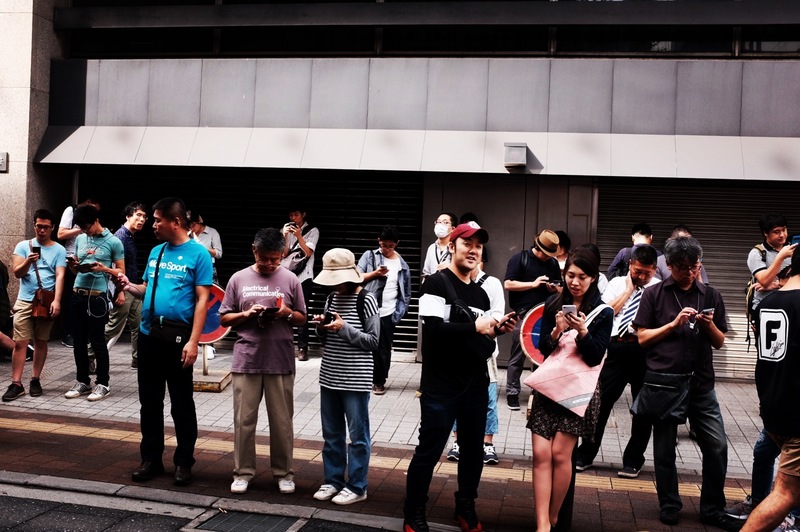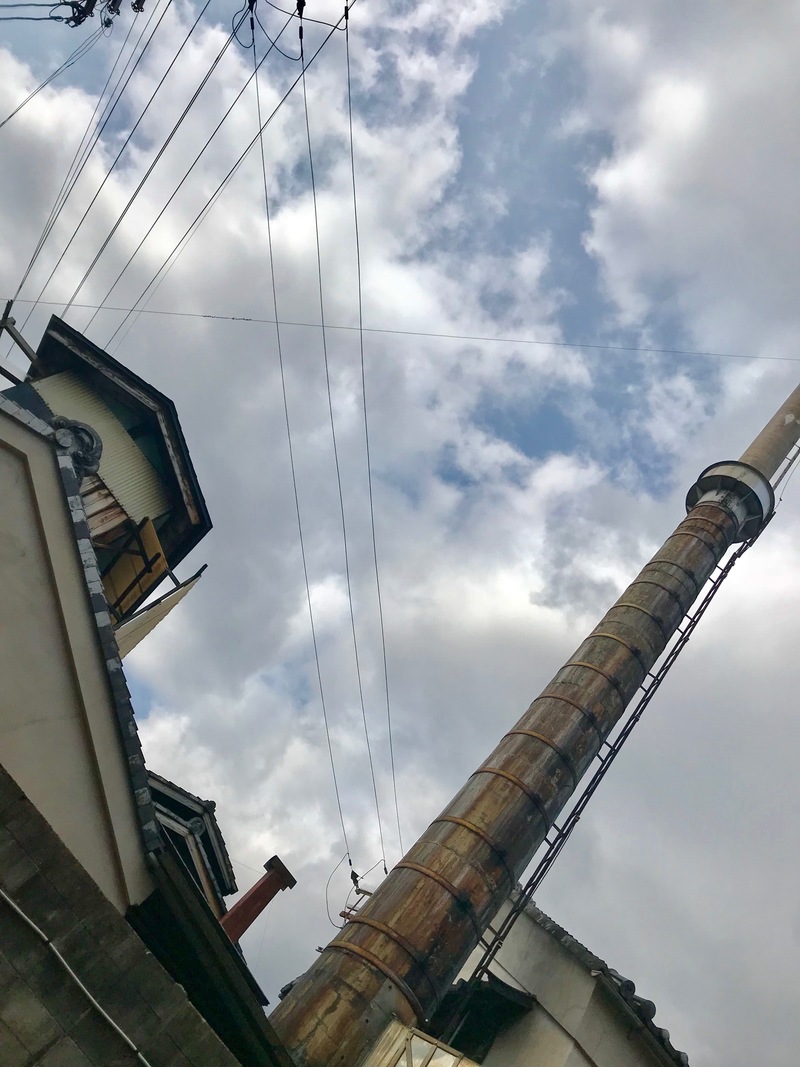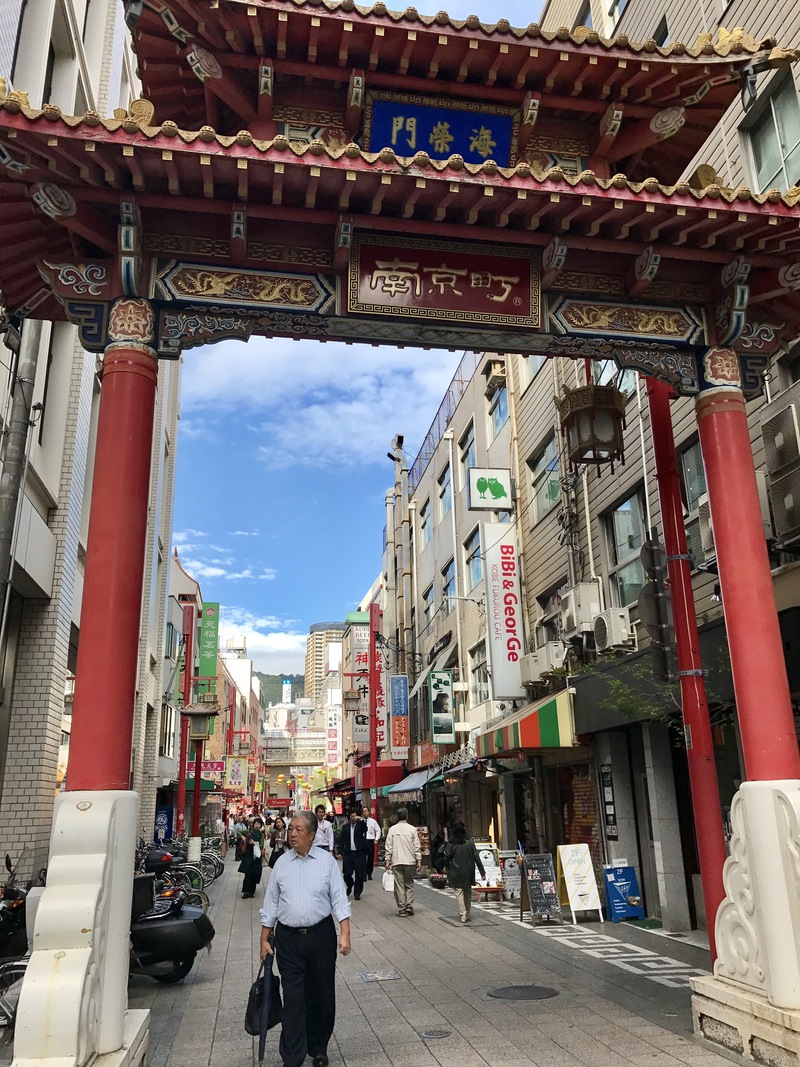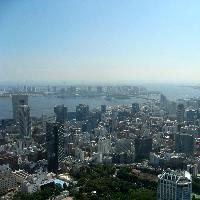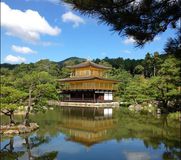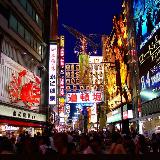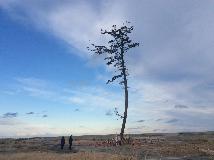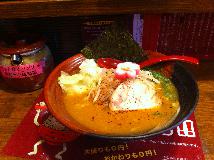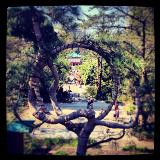The super fast shinkansen bullet train network, which can take you from Tokyo to Osaka in a little over three hours, is a famous and ubiquitous image of modern Japanese technological ingenuity. The shinkansen bullet trains were first developed in the 1960s, with the first trunk line opening along the Tokaido (a major land-route connecting Osaka to Nagoya and then Tokyo) in 1964. The newest maglev bullet trains, which use magnets to slightly hover above the ground, were introduced in 2003 and have been known to reach maximum speeds of 581km/h- a world record. [SOURCE]
Riding the shinkansen is a weekly (sometimes daily) ritual for many Japanese workers and families, and they have become a popular culture phenomenon in and of themselves, with densha otaku ("train nerds") collecting scale models of the trains and religiously memorising the routes and timetables.

A shinkansen bullet train at Tokyo Station
The following recording was made on a shinkansen bound for Kyoto from Tokyo Station. Like most trains in Japan, there is a social norm of remaining as quiet as possible within the carriage. In the following recording, you can hear the muffled murmurs of businessmen and families as they board the train. Before we depart the station, one can hear the sounds coming from the platform (an echoing recording, people speaking as they wait opposite us for a different train, the voice of a station attendant informing us about the train which we are boarding). At about the three minute mark, a jingle begins to play before a recorded voice welcomes passengers to the train. The recordings are bilingual- in both Japanese and English. Note the slight Australian accent on the lady speaking English!

Inside the "Nozomi" class shinkansen
Photos and recordings: Carolyn Stevens
